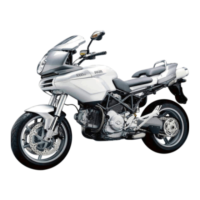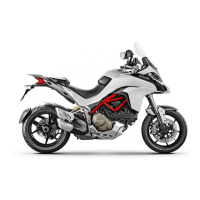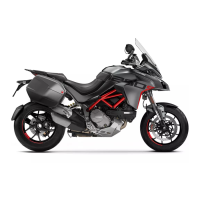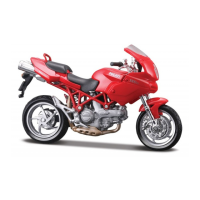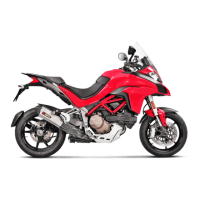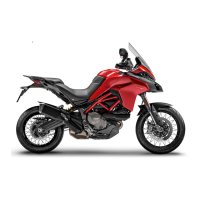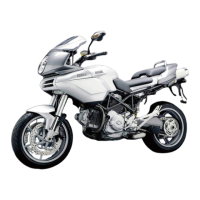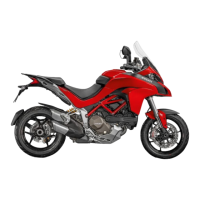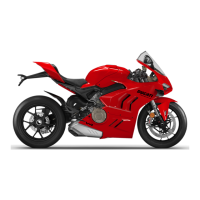Road safety rules
Road safety rules
The driver of a vehicle is responsible for driving and
manoeuvring even if there are intelligent driving aid
systems, such as Blind Spot Detection (BSD) and
Adaptive Cruise Control (ACC) on the vehicle, which
must always be checked or corrected by the rider.
Adaptive intelligent systems, such as Blind Spot
Detection (BSD) and Adaptive Cruise Control (ACC),
analyse surrounding situations and warn the rider of
hazards, making a logical prediction of
events that may occur based on the information they
process. They are systems in the sense that
they operate with rational logic as long as they
understand, or can understand, the environmental
context; they are advanced systems because they
exploit computational technology, with its
technological limitations.
These systems, although technologically
sophisticated, are only designed to help the rider to
ride, improving the riding conditions; they are not
autonomous driving systems that replace the rider.
The rider is always responsible for choosing the
riding style and for adopting the level of caution and
required by the specific environmental
context.
The function of adaptive systems is
the rider to critical situations, however, they use
predictions that depend and are conditioned by the
environmental context and the possible recognition
of surrounding objects or subjects. They are not
intended to avoid collisions, but to provide
information (visual, acoustic or haptic) that the rider
can use to prevent collisions, if possible.
Therefore, the rider must not rely solely or
unreasonably on the "ability" of the system to
understand the environmental context: the shape of
objects, their their static/dynamic
position, the way they enter the radar visual space
may cause the system not to understand this
context and may cause the rider to receive incorrect
information.
Distraction is the main cause of accidents. The rider
must use the motorcycle systems, including
the Blind Spot Detection (BSD) and Adaptive Cruise
Control (ACC), while maintaining constant control of
the vehicle, also taking into account possible errors
(false indications) of these systems. The rider must
10

